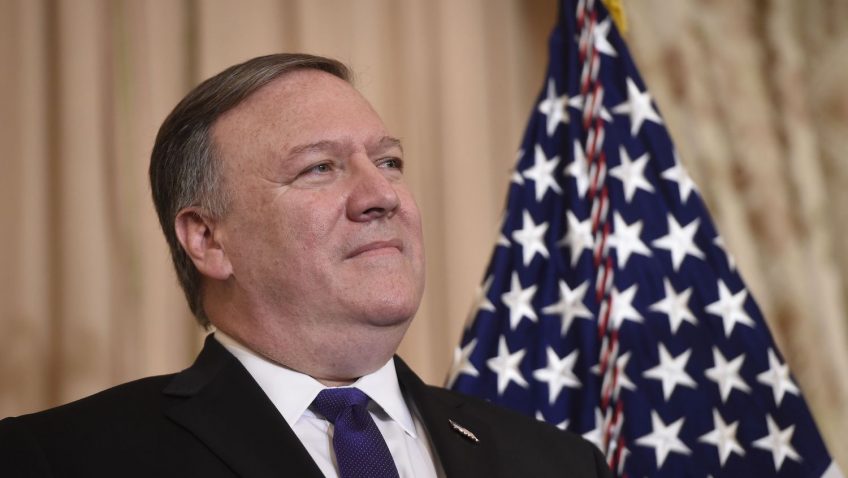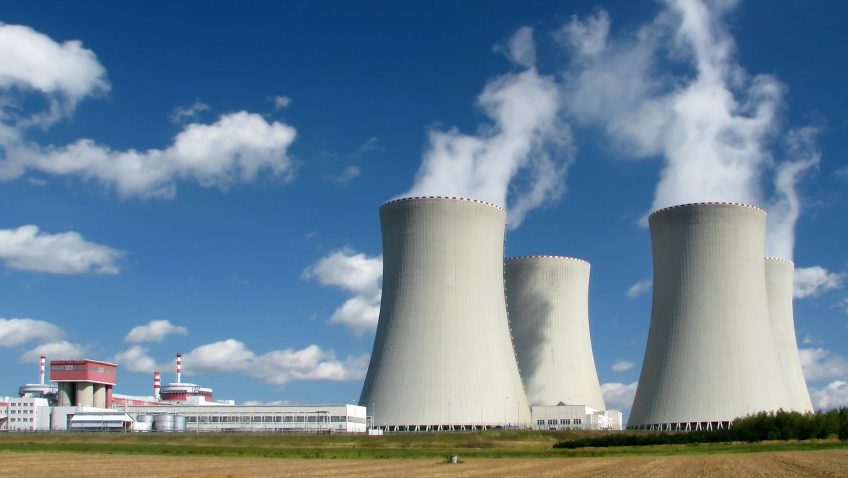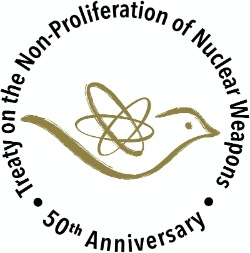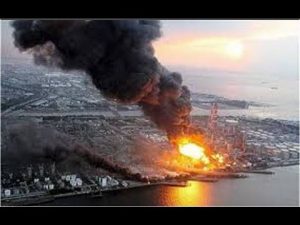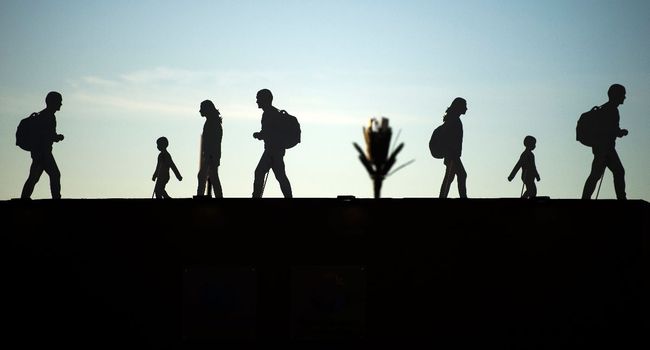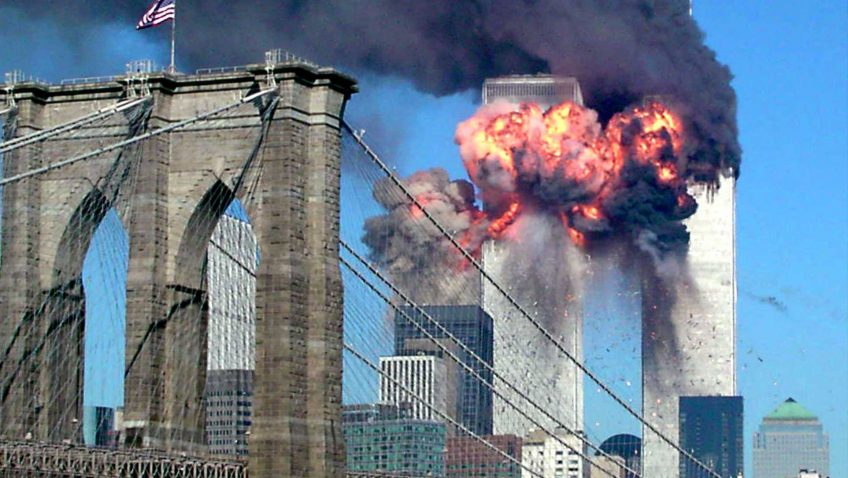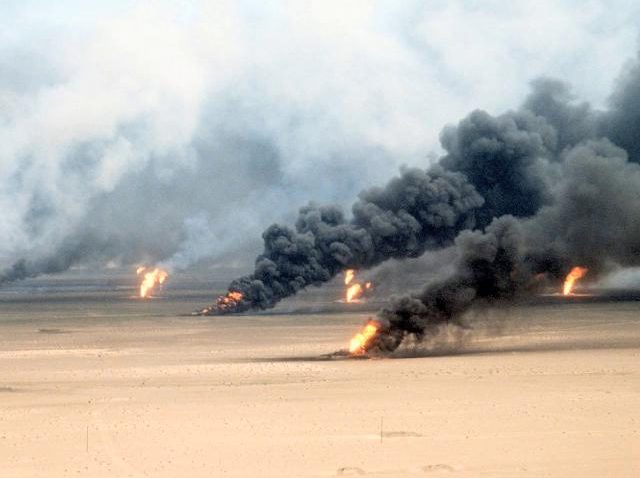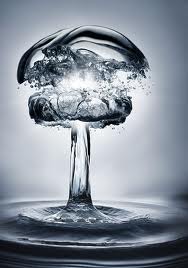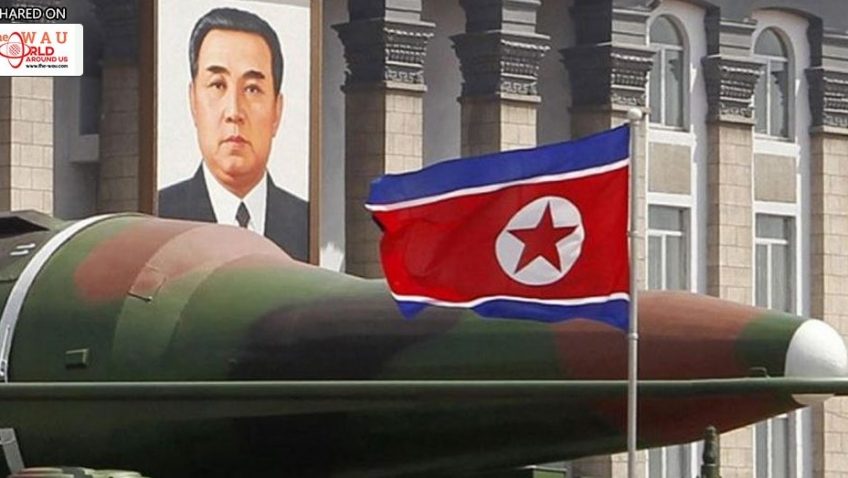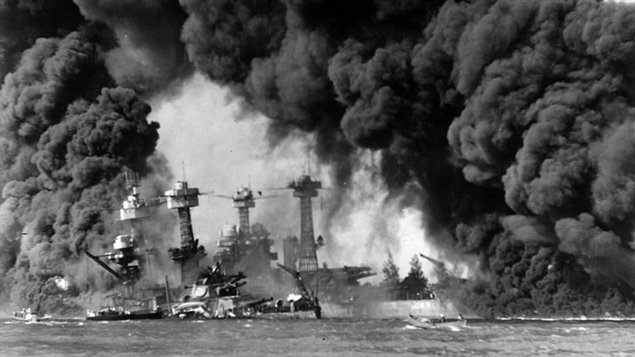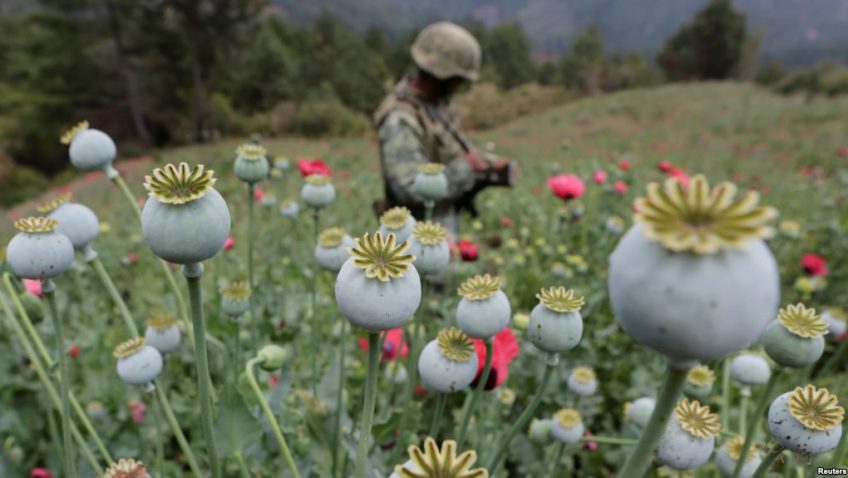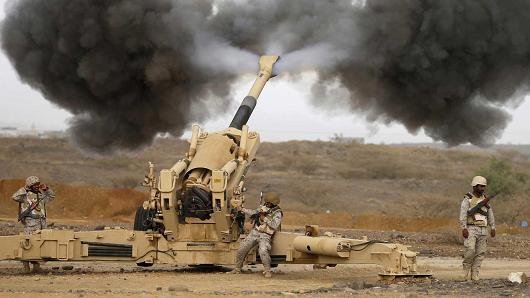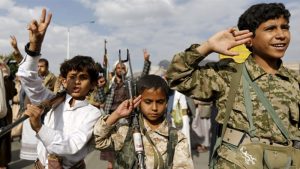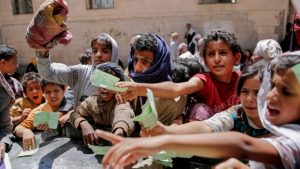Innocence was victimized, and everything around was destroyed when the biggest terrorist attack in the world took place. Until September 10, 2001, who knew the next morning would bring remorse and suffering for the people of New York, United States.
Who knew the beloved symbol of America’s power and influence would be shattered into pieces along with thousands of innocent lives? And, for what? Just to spread the terror and to show what happens when you go against the will of terrorists?
With these few questions wrapped up, let’s know in detail what motives led to the biggest terrorist attacks in the world? How it affected the people of the city and what were the odds of its happening in the first place!
9/11: The Biggest Terrorist Attack in the World
It has been 17 years, since then, the world has experienced several terrorist attacks. But, in a sad way, none of the attacks amounts to the destruction caused by the 9/11 attacks.
A catastrophe hit New York, United States when the World Trade Center was attacked on 9/11. Amidst the quiet and peaceful morning, the terrorist attack shook the whole nation, leaving a deadly scar on its ensemble. The attack of September 11, 2001, is said to be one of the biggest terrorist attacks in the world that took lives of 2,996 people, including several civilians.
The Whole Scenario
On September 11, 19 activists of Islamic extremist group al-Qaeda hijacked four U.S. commercial aeroplanes. Two of the fuel-loaded hijacked planes crashed into the top floors of the North and South towers of the World Trade Center. And, the third aeroplane crashed into the Pentagon in Arlington, Va.
Where the crashing of the aeroplanes was assumed as an accident, the captured images from television cameras revealed – the attacks were deliberate.
Understanding the critical situation, the passengers on the fourth aeroplane (Flight 93) fought their way in the cockpit. As a result, the hijackers failed to crash the U.S. Capitol, and the plane crashed into an empty field in Pennsylvania.
Problems Faced During 9/11 Rescue Operation
After the devastating attacks on the twin towers of World Trade Center and Pentagon, the aid workers immediately began the rescue operations.
Since the towers of the World Trade Center were designed with narrow window openings and high arch-work, the rescue operation became a challenge for the rescuers. And, as only three narrow staircases were leading to the ground level, the havoc of people completely blocked the exits of the complex.
Later, the people were asked to wait for instructions from the Port Authority for quick and speedy evacuation. Another major problem in the rescue operation was the jammed front doors of the complex. As the aeroplanes hit the towers, the impact was so high that the buildings shifted enough to jam doors in their frames.
As a result, dozens of people were trapped in the building, mostly in the area closer to the impact zone. However, the brave and courageous firefighters evacuated the people through a door on the mezzanine level. The door was connected to a bridge which led to another building. A lot of people were safely rescued using the neighbouring building without getting hurt.
What Led to the Biggest Terrorist Attack in the World?
What was the reason behind 9/11 ferocious act? Why were those 19 militants so determined to take the lives of thousands of people along with theirs? What situations led to them to put this plan into action?
In confession, Osama Bin Laden, the group leader of al-Qaeda stated the attacks were a holy war planned against the United States of America. He held the US government liable for occupying the holiest lands of Islam, preying on its riches, ordering to its rulers and humiliating its people.
From some confidential recordings and videotapes, it was also concluded that the attacks were planned revolting against the expansion of Israel and the introduction of the western culture there.
Though several motives were identified behind this biggest terrorist attack in the world, the development of Israel was explicitly considered the major one.
In Bin Laden’s Letter to America, he strongly described, the expansion of Israel is one of the greatest crimes. And, you are the leaders of this crime. Thus, each and every person who has taken part in contributing to this crime must pay its price heavily.
After Effects of 9/11 Attacks
Two 110 storey skyscrapers that could withstand winds of 200 miles per hour and a large fire collapsed within 15 minutes. Imagine the impact and force of the aeroplanes that hit these graciously built structures.
The misery did not just end with the collapse of the twin towers. It led to the deaths of thousands of people and over 6,000 people injured. Besides, the falling debris of smoking metal brought distraught to around $10 billion worth of infrastructure and property.
The scene screamed of utter devastation with smoke and dust in the air. People half-buried in the mortar of twisted steel and rubble, innumerable cars and emergency vehicles choking on fire; the sight was haunting.
And, again it did not stop here, more people died of respiratory diseases and cancer in the months and years following the attacks. The clear blue sky turned into pale grey grieving on the tragedy it suffered on September 11, 2001.
Though the nation is now blooming with prosperity and power, the attacks of 9/11 still bring back terrifying memories to the people who survived that day of terror.
Contributor Bio – The blog is presented by Sharda University. Sharda University is one of the largest universities in Delhi National Capital Region (NCR) offering 216 varied programmes.

